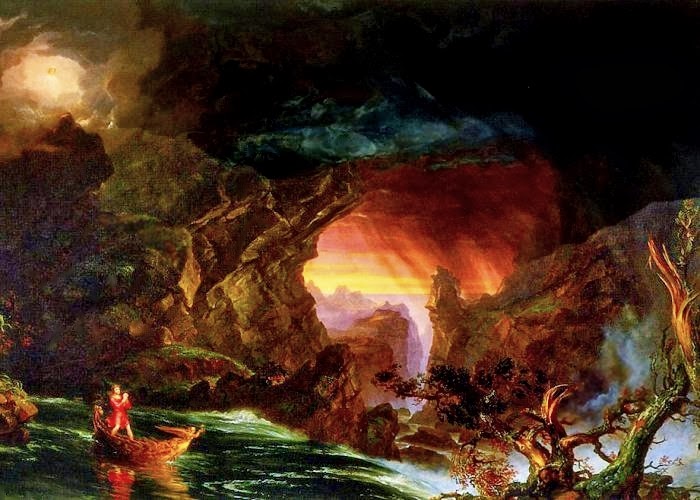Every time I have a chance, I travel to UK.
The language is not my only reason for doing so. Great Britain has a stunning landscape, which entices to get lost .When I am there, I feel as if I were not “the old me” but a new and freer person, and metaphorically speaking, the world could be my oyster.
Last spring I visited Witney ,in Oxfordshire. It was a totally unexpected trip. I have a closed friend who works there. Although his job involves spending a lot of time at airports and on planes, on that occasion, he had a little spare time to share with me. He invited me to visit him and I jumped at the chance.
I flew from Málaga to Birmingham from where my friend picked me up. While he was driving to Witney, he told me he wouldn`t be able to drop me off at airport to take my flight back. At this point, I should say just three things:
Firstly, I have always been a little, ok, pretty hopeless at finding places by myself.
Secondly , if you have ever been to some small English village , there is no need to say its borders are blurred .It is always the same what you see from the bus , pubs ,off-licenses and bus-stops in the middle of nowhere. God , and the driver, only know where you will finish if you drop your guard !
Eventually , my friend had to work most of the time so I would have to move on my own ,otherwise I would be stuck in the hotel .
Our hotel was a charming centuries old stately house which is believed to be haunted. I`ve attached a photo, (of the place no of the ghost).
The following day, I decided I have just two options: I either pretended to be what I was not and I managed to get to Oxford on my own, or I showed my true self . Deep down, I didn`t want to seem such a coward. I had no options. I knew I`d better off pretending to be an adventuress ; therefore I took a bus , I kept an watchful eye on the way, and I arrived at Oxford.
Oxford is famous for his University but there are a few more places to visit. Before going there, I was advised drinking some cider near the river. You can see the peacocks swaggering about while you, sitting at your table, sip a drink.
During the few days I was there, I wandered about the streets. Buying some souvenirs and visiting Radcliffe camera are a most. One of my favorite places in Oxford is Blackwell`s book, a large room devoted to selling all kind of books. When you are there, time flies.
On my way back, an air-traffic controller strike held me up at airport for hours. Surprisingly enough, I didn´t consider being grounded a nuisance but an experience.
The whole trip was very special for me. Not only marked it the beginning of my” career as a traveler”, but I also spent a great time with one of my best friends.

